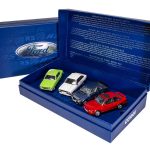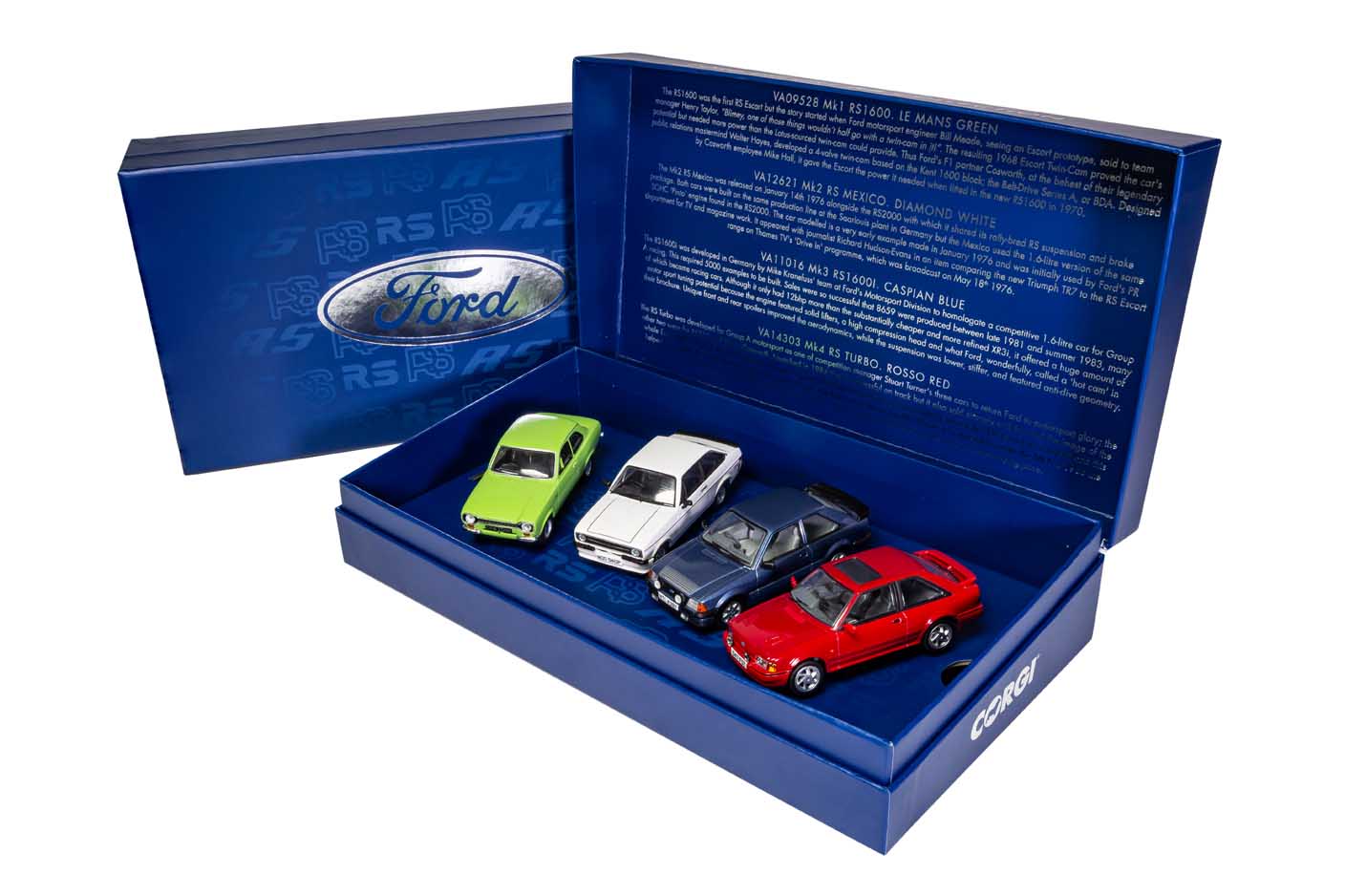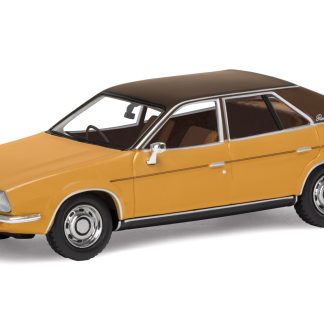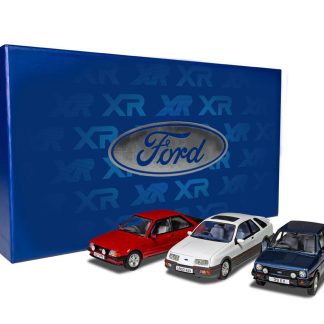Description
Since 1970, the RS badge has adorned the ultimate fast Fords, cars that have won in motor sport the world over and created an enduring legend of success that proved the old adage, win on Sunday sell on Monday. RS was first seen on the 1968 Ford Taunus 15M Rallye Sport, a front-wheel-drive 2-door saloon or coupé with a 90bhp 1699cc V4.
However, the legend really began in 1970 when the Capri RS2600 and Escort RS1600 were launched; both won, prodigiously, and cemented RS in the public consciousness as Ford's glamorous symbol of speed and success. Here we celebrate four generations of RS Escort, the cars with which the magic initials, RS, became synonymous. The RS1600 was the first RS Escort but the story started that when Ford motorsport engineer Bill Meade, seeing an Escort prototype, said to team manager Henry Taylor, "Blimey, one of those things wouldn't half go with a twin-cam in it!" The resulting 1968 Escort Twin-Cam proved the car's potential but needed more power than the Lotus-sourced twin-cam could provide. Thus Ford's F1 partner Cosworth, at the behest of their legendary public relations mastermind Walter Hayes, developed a 4-valve twin-cam based on the Kent 1600 block; the Belt-Drive Series A, or BDA.
Designed by Cosworth employee Mike Hall, it gave the Escort the power it needed when fitted in the new RS1600 in 1970. Few of the original 1,139 RS1600s survive because so many were used for motor sport, but the car modelled is a rare unmodified example. It was built on February 11th 1972 and therefore has the earlier cast iron engine-block; cars made from November 1972 used an aluminium block. It was restored by Escort specialist Andy Stapley Motorsport (ASM) in 2011 to factory specification, albeit subtly lowered to improve its stance, in its original and very vibrant colour. Current and 14th owner, Essex-based Andy Smith, is utterly delighted with the car which fulfils a long-held childhood ambition. He bought it at auction in September 2018, for a then world record price of £72,450, and has had ASM recommission it and up-rate the BDA to 155bhp.
Engine: 1601cc 4IL 16V; DOHC Power: 120bhp@6500rpm Torque:112Lb.ft@4000rpm Maximum speed: 114mph 0-60mph: 8.3secs Weight: 1,902lbs.
The Mk2 RS Mexico was released on January 14th 1976 alongside the RS2000, with which it shared its rally-bred RS suspension and brake package. Both cars were built on the same production line at the Saarlouis plant in Germany but the Mexico used the 1.6-litre version of the same SOHC 'Pinto' engine found in the RS2000. The car modelled is a very early example made in January 1976 and was initially used by Ford's PR department for TV and magazine work. It appeared with journalist Richard Hudson-Evans in an item comparing the new Triumph TR7 to the RS Escort range on Thames TV's 'Drive In' programme, which was broadcast on May 18th 1976. Current owners, Cumbria-based father and son Steven and Martin Ogle, bought the car in 2002 from its fourth owner who, like all its previous owners, lived in Essex. It was still in good condition, having only covered 57,000 miles, but had received a new door-skin and respray. They have since fitted new front wings and rear wheel arches.
Being an early example, it has chrome door-handles, roof-gutter, windscreen-surround, FORD and ESCORT lettering; from spring 1976 all these details were black. Considered one of the best examples in the UK, this car is well known because Steven organises the famous annual Lakes Tour and is the Mk2 Mexico registrar of the Ford RS Owners Club. It also appeared in the book, Factory-Original Sporting Mk2 Escorts. Engine: 1593cc 4IL SOHC Power: 95bhp@5750 Torque:92Lb.ft@4000rpm Maximum speed: 107mph 0-60mph: 10.5secs Weight: 902kg Ford Escort Mk3 RS1600i. Caspian Blue. The RS1600i was developed in Germany by Mike Kranefuss' team at Ford's Motorsport Division to homologate a competitive 1.6-litre car for Group A racing. This required 5000 examples to be built. Sales were so successful that 8659 were produced between late 1981 and summer 1983, many of which became racing cars.
Although it only had 12bhp more than the substantially cheaper and more refined XR3i, it offered a huge amount of motor sport tuning potential because the engine featured solid lifters, a high compression head and what Ford wonderfully called a 'hot cam' in their brochure. Unique front and rear spoilers improved the aerodynamics, while the suspension was lower, stiffer, and featured anti-dive geometry. The example modelled was registered on June 24th 1983 by Ford dealers C.E. Rands and Son, Osgodby, Lincolnshire, to Mr W. Rands. He kept it until April 1986, by which time it had covered almost 22,000 miles. Current owner, Ayrshire-based Grant McKelvie, bought it in July 2019 from Escort specialists





